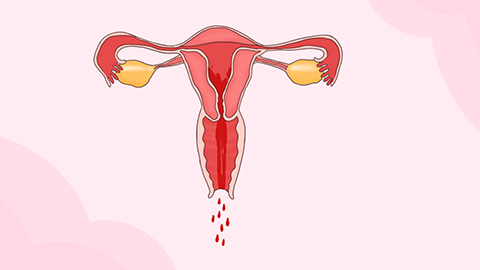What are the risks associated with cesarean scar pregnancy?
Scar pregnancy generally carries risks such as massive bleeding, uterine rupture, secondary infection, placenta accreta, incomplete abortion, and others. The details are as follows:

1. Massive bleeding: The uterine muscle layer at the scar site is thin and has abnormal blood vessel distribution. After embryo implantation, chorionic villi easily invade the myometrium and damage blood vessels. As pregnancy progresses and the uterus enlarges, blood vessels at the scar site may rupture suddenly, leading to acute massive hemorrhage.
2. Uterine rupture: Scar tissue has poor elasticity and insufficient strength. During pregnancy, continuous uterine expansion exerts persistent tension on the scar area. When this tension exceeds the structural limits of the scar, uterine rupture may occur, causing severe abdominal pain and internal bleeding, requiring emergency surgical intervention.
3. Secondary infection: If scar pregnancy is accompanied by bleeding, accumulated blood in the uterus or vagina creates a favorable environment for bacterial growth. Additionally, if a pregnancy termination procedure is performed, the invasive operation may increase the risk of infection, potentially leading to infectious conditions such as endometritis or pelvic inflammatory disease.
4. Placenta accreta: When an embryo implants at the scar site, the chorionic villi may deeply invade or even penetrate the uterine myometrium, resulting in placenta accreta. This condition prevents normal placental separation during delivery, causing severe hemorrhage, and may necessitate hysterectomy to control bleeding.
5. Incomplete abortion: During termination of scar pregnancy, tight adhesion between the embryo and scar tissue may result in retained gestational tissue, leading to incomplete abortion. Residual tissue can continuously irritate the endometrium, causing prolonged vaginal bleeding, impairing uterine contraction, and increasing the risk of infection.
Once scar pregnancy is diagnosed, immediate medical attention is required to avoid treatment delays; regular follow-up after treatment is essential to monitor uterine recovery.






